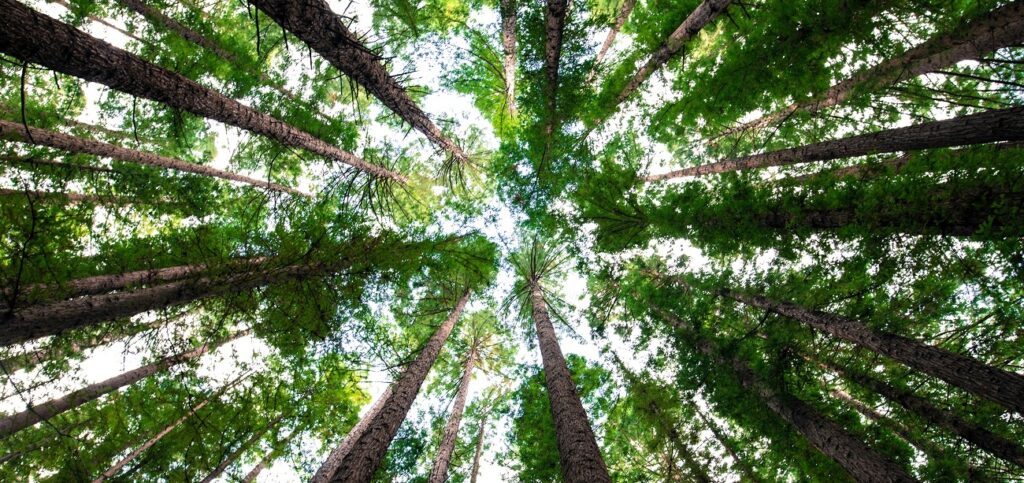Artificial turf installation has become increasingly popular in both residential and commercial landscapes. Homeowners and business owners alike are turning to this innovative solution to maintain green, lush-looking areas without the need for constant watering, mowing, and fertilizing. The process of Artificial Turf Installation not only enhances the aesthetic appeal of any outdoor space but also provides a durable and low-maintenance alternative to natural grass.
When considering artificial turf installation, it is essential to understand the preparation steps involved. Proper site evaluation and ground preparation are critical to ensure the longevity and appearance of the turf. This usually involves clearing the area of existing vegetation, leveling the ground, and adding a base layer of crushed stone or gravel. This base provides stability and drainage, which are vital factors for a successful artificial turf installation.
One of the main advantages of artificial turf installation is the water conservation it offers. Traditional grass lawns require frequent watering, especially in dry climates, which can lead to high water bills and environmental stress. With artificial turf installation, homeowners can enjoy a vibrant green lawn year-round without relying on irrigation systems. This makes artificial turf installation an eco-friendly choice, reducing water usage significantly.
The versatility of artificial turf installation extends beyond just lawns. Many sports fields, playgrounds, and commercial properties opt for artificial turf installation due to its durability and ease of maintenance. Unlike natural grass, which can become patchy and muddy, artificial turf installation ensures a consistent playing surface that can withstand heavy foot traffic and varying weather conditions. This reliability makes artificial turf installation a preferred option for facilities seeking both functionality and visual appeal.
Cost is another important factor when evaluating artificial turf installation. While the initial investment may be higher compared to planting natural grass, the long-term savings on water, fertilizers, mowing equipment, and lawn care services make artificial turf installation cost-effective over time. Additionally, artificial turf installation reduces the need for pesticides and herbicides, contributing to a healthier environment and lowering maintenance costs.
The installation process of artificial turf installation requires skilled professionals to ensure the best results. Experts carefully lay out the turf, cut it to fit the area, and secure it with specialized adhesives or stakes. They also infill the turf with materials such as silica sand or rubber granules to provide cushioning and stability. This meticulous attention to detail during artificial turf installation ensures the turf looks natural and performs well for years to come.
Environmental concerns have made artificial turf installation an attractive option for many communities. Besides conserving water, artificial turf installation eliminates the need for lawnmowers, which emit greenhouse gases and contribute to noise pollution. By opting for artificial turf installation, individuals and businesses are supporting sustainable landscaping practices that help reduce carbon footprints and promote greener neighborhoods.
Despite the many benefits, artificial turf installation does require some consideration regarding heat retention and surface temperature. Artificial turf can become warmer than natural grass under direct sunlight. However, advancements in turf technology have led to the development of cooling infill materials that minimize heat buildup. Proper installation techniques and shading options during artificial turf installation can also help mitigate this issue, making it comfortable for various outdoor activities.
Maintenance of artificial turf installation is relatively simple compared to natural grass. Routine tasks include brushing the turf to keep the fibers upright, rinsing it occasionally to remove dust and debris, and checking the infill levels. Unlike natural lawns, artificial turf installation does not require fertilizing, mowing, or reseeding. This simplicity makes artificial turf installation an appealing choice for busy individuals and commercial properties looking to reduce ongoing upkeep.
In summary, artificial turf installation offers numerous benefits, including water conservation, low maintenance, durability, and environmental sustainability. Whether for a home garden, sports field, or commercial landscape, artificial turf installation transforms outdoor spaces into visually appealing and functional areas. By understanding the installation process and weighing its advantages, property owners can make an informed decision to invest in artificial turf installation as a long-term solution for beautiful green spaces.
